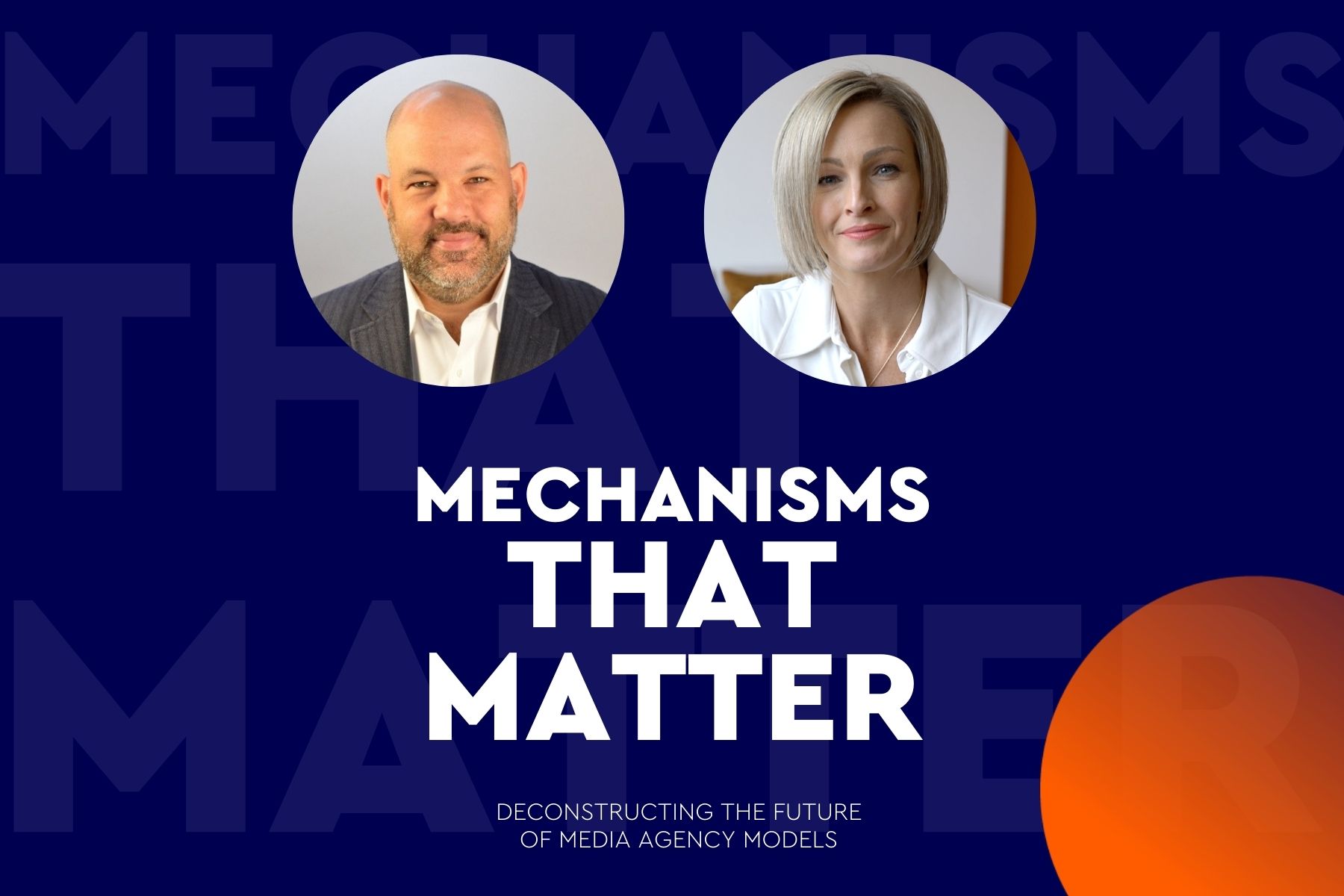
How health tech translates into health marketing
Kristin Ryan of WPP’s GCI Health explains why advances in health tech shift the dial for the healthcare marketer
The data obtained from connected devices provides consumers with fresh insights into their health and health needs. This data, if shared, can also help marketers evolve their methodologies for persona building and message shaping. Today's technology is delivering a high level of clarity around the people that marketers are trying to reach.
GCI Health has developed its own methodology, called "Identity Experience" (IX), which shapes hyper-personalised narratives through the analysis of traditional and unique data sets, many of which come from newer health tech tools.
The future of health content depends on intimately understanding audiences' inherited and chosen identities. Methodologies such as IX ensure that marketers elevate the right messages and messengers. By going deeper, these insights help create resonant messaging, more precise targeting across touchpoints and improve the overall effectiveness of campaigns.
Tackling the accessibility issue
When the United Nations adopted the 17 goals that make up the 2030 Sustainable Development Goals (SDGs), Goal 3 stated: ‘Ensure healthy lives and promote well-being for all at all ages.’ This means achieving universal health coverage and access to quality healthcare, without the risk of financial hardship.
So, what does SDG 3 mean for healthcare marketing? There is a huge opportunity in healthcare marketing to relay information that can shape markets and inform decision-making for patients around the world, ultimately feeding into a complex access equation. After all, knowledge is power; but knowledge plus motivation is what will bring about meaningful change when it comes to getting people closer to care.
Reaching underserved populations becomes so much more achievable if you can understand them through access to data, advanced targeting and predictive analytics. Through these means, marketers can help ensure target populations have accurate and personalised information, and this gets the world closer to achieving the SDGs.
Are devices making us healthier?
Connected personal health devices are – at the very least – making us think. We are taking the stairs, walking the last mile and our devices are delivering behavioural nudges to help us make better choices.These tools are increasingly offering adherence support, diagnostic screening and remote monitoring. And they add value through data exchange, either from the device to the patient or from the patient to their physician.
What was exciting about CES 2024 were the advances in headsets and connected glasses demonstrated at the show. We saw eyeglasses that assist the hearing impaired, and there were devices that answered health-related questions. The options, going forward, are endless.
And we’re going to see more healthcare applications of these devices too. Tools will be able to analyse the composition of meals to keep safe anyone who has allergies or dietary restrictions. Connected eyewear will also be able to deliver tutorials – within a patient’s field of vision – on how to inject medication, for example. The journey is only just beginning.
Benefiting people and business
As we’ve monitored the increasing number of online communities built around health needs, we've seen more people reach out, learn from each other and build relationships online. A lot of good flows from that.
But there is also much to be learned from these communities about what is occurring in these patient populations. The Covid lockdown is a good example. While the lockdown may have had physical benefits for certain conditions (for example, access to bathrooms at home and no commute), social listening helped healthcare providers understand the nuanced social, emotional and mental impact of lockdown on patient populations.
From a business perspective, these online communities allow pharma companies to listen and learn from patients, iterate future content and programming to reflect patient needs, and demonstrate a commitment to patient populations overall. We can then develop communications plans for our clients to tackle key themes and topics while, simultaneously, tackling misinformation.
Whether that means adjusting content plans, developing triage tools (like chatbots) or creating content hubs to educate and inform audiences, we now have the evidence on which to build the future of healthcare marketing.
The future of health content
Patients, caregivers and healthcare professionals expect the same rapid, on-demand, personalised and useful content (and experiences) they receive from brands outside healthcare – for example from big tech.
That means the wide adoption of AI by brands accompanied by natural language responses. There’s increased pressure on healthcare brands to deploy agents that can deliver these personalised content experiences on customers’ terms.
The content should be meaningful, useful and meet the patient where they are on their healthcare journey. It should also take into consideration all those elements of personalisation that make so much difference: lived experience, community, access to technology and access to care.
We expect modular content that can live across channels to change rapidly going forward, largely because of AI. It will become much more dynamic, responsive and agile.
The health of nations
With the healthcare CMO becoming increasingly entangled in the health of nations, certain responsibilities arise. The first is a responsibility to avoid worsening the digital divide. This divide has a major impact on health equity. There is greater responsibility for designing systems and content that work with the technology available – considering access to Wi-Fi and broadband – and not requiring audiences, especially underserved communities, to have the latest and greatest in tech to receive health information and resources.
Building teams with lived experience is crucial to ensuring that content, channel activation and programming resonate, reach our audiences, and help drive positive action. Brand purpose must be authentic, and CMOs must practice what they preach before communicating with their chosen communities. Only then can messaging have a genuine impact.
published on
01 February 2024
Category
More in Communications

Mechanisms that Matter – What it takes to lead an agency team for the world’s biggest brands
Top of the list: A ‘rabid curiosity’ about the new and an understanding of every role in the mix

Rebranding cancer: how brands heal and hurt
Along with consumer brands, the ‘brand’ of condition or event influences us.

Mechanisms that Matter – Inside WPP | Ford’s revolutionary marketing model
How a process created on the factory floor over 70 years ago has transformed ops for the auto giant

